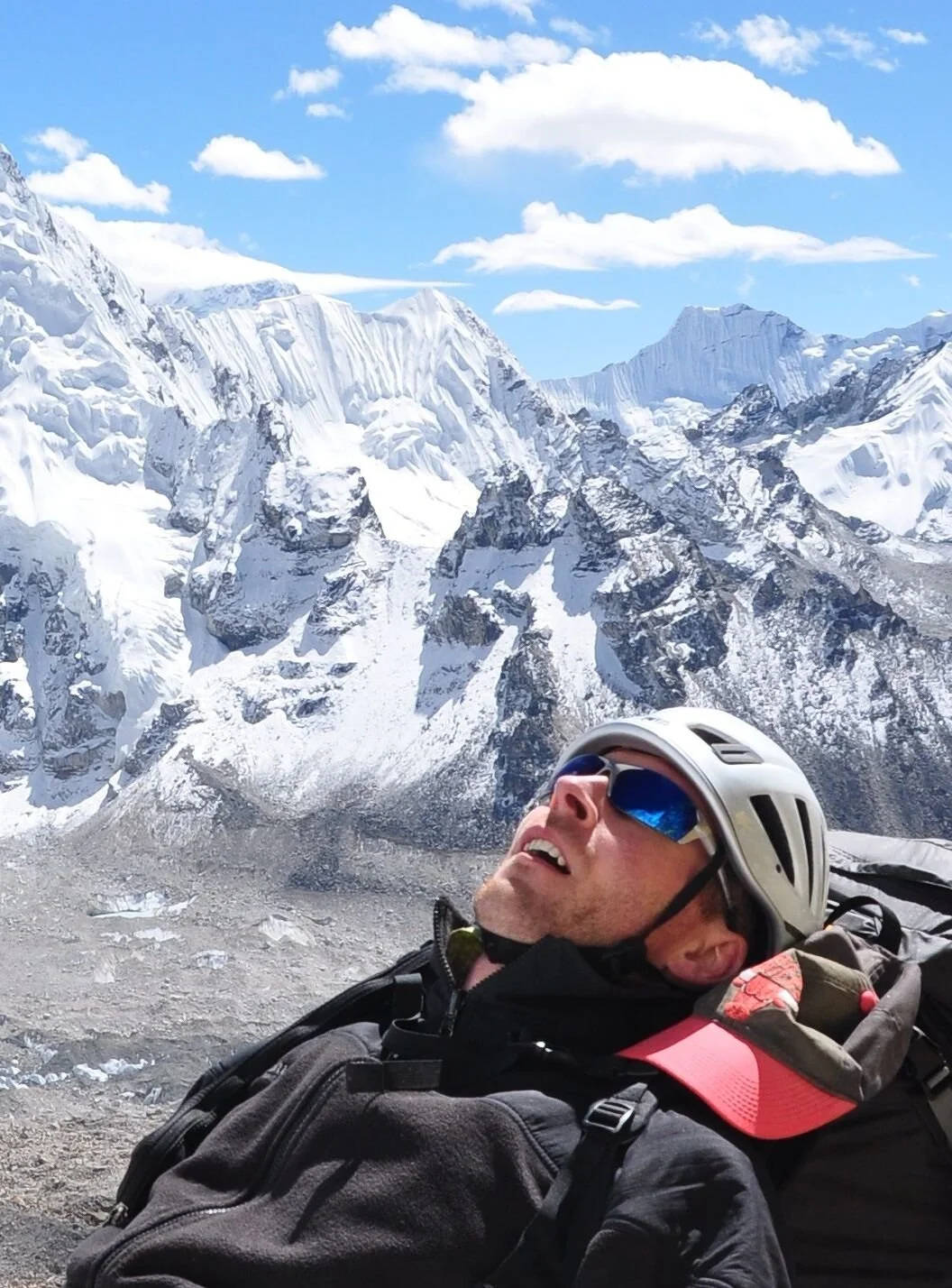From Base Camp to Summit
Why the skills that earned your leadership position won't take you to your full potential and the three strategies that will.
Every year, 40,000 people trek to Everest Base Camp. Yet of those who reach this significant milestone, only 300-400 successfully summit Everest each year. Less than 1% make the journey from base camp to summit.
This statistic reveals a profound truth about achievement: reaching an impressive milestone doesn't guarantee you'll reach the peak. The same principle applies to leadership. You've climbed to VP, director, or C-suite level, your professional base camp. You've already achieved what most never will. But if you're reading this, you sense something more is possible.
Why Base Camp Skills Fail at Summit Level
Technical expertise brought you to base camp. Your analytical skills, industry knowledge, and work ethic earned you a seat at the leadership table. But these same strengths have limitations.
The perfectionism that made you an excellent individual contributor becomes micromanagement when leading teams. The need to have all answers becomes a barrier to collaborative innovation. The 14-hour days that once demonstrated commitment now prevent the strategic thinking your role demands.
Research on extreme achievers, from Nobel laureates to Olympic champions, reveals that those who reach the summit operate differently than those who plateau at impressive but intermediate levels. The difference isn't talent or effort. It's mindset and methodology.
Learning to Dream Big
The most successful leaders share an uncommon ability: they dream bigger than their circumstances suggest is reasonable. Ellis Stewart dreamed of climbing Everest for over 20 years, enduring decades of rejection and failed funding attempts. At age 40, when most would have abandoned the dream, he finally made it happen.
This persistence reveals something crucial about summit-level thinking. While base camp leaders focus on quarterly results and manage expectations, summit leaders hold onto decade-long visions. Summit leaders understand that the biggest risk isn't failing to achieve an ambitious dream, it's never dreaming ambitiously in the first place.
Building Your Dream Team
No one summits Everest alone. The most accomplished climbers rely on expert sherpas who know the mountain intimately. Similarly, no leader reaches their professional summit without strategic support.
Every Nobel laureate, Olympic champion, and top performer had multiple mentors throughout their journey. Not one mentor, but a constellation of guides serving different purposes at different stages.
Summit leaders actively cultivate what we call their "board of advisors": influencers who open doors, sponsors who advocate in rooms they're not in, allies who support their initiatives, and mentors who've already navigated their intended path. They understand that isolation at the top isn't strength; it's a strategic mistake.
Making the Lifestyle Shift
The summit worth reaching isn't just about achieving the next promotion or hitting the next revenue target. Too many executives reach traditional markers of success only to discover they're unfulfilled. They've climbed the mountain but lost themselves in the process.
True summit leadership integrates achievement with meaning. It's reaching the peak while maintaining the relationships, values, and sense of purpose that make the journey worthwhile. It's success that comes with more joy, more ease, and more authentic connections, not despite them.
Redefining Success at the Summit
When you master the mindset and methodology of summit leaders, you don't just reach higher levels, you transform what's possible at every level.
Your base camp represents a significant achievement. Your summit represents your full potential. The question isn't whether you're capable of more. The question is: are you ready to discover what more looks like?



